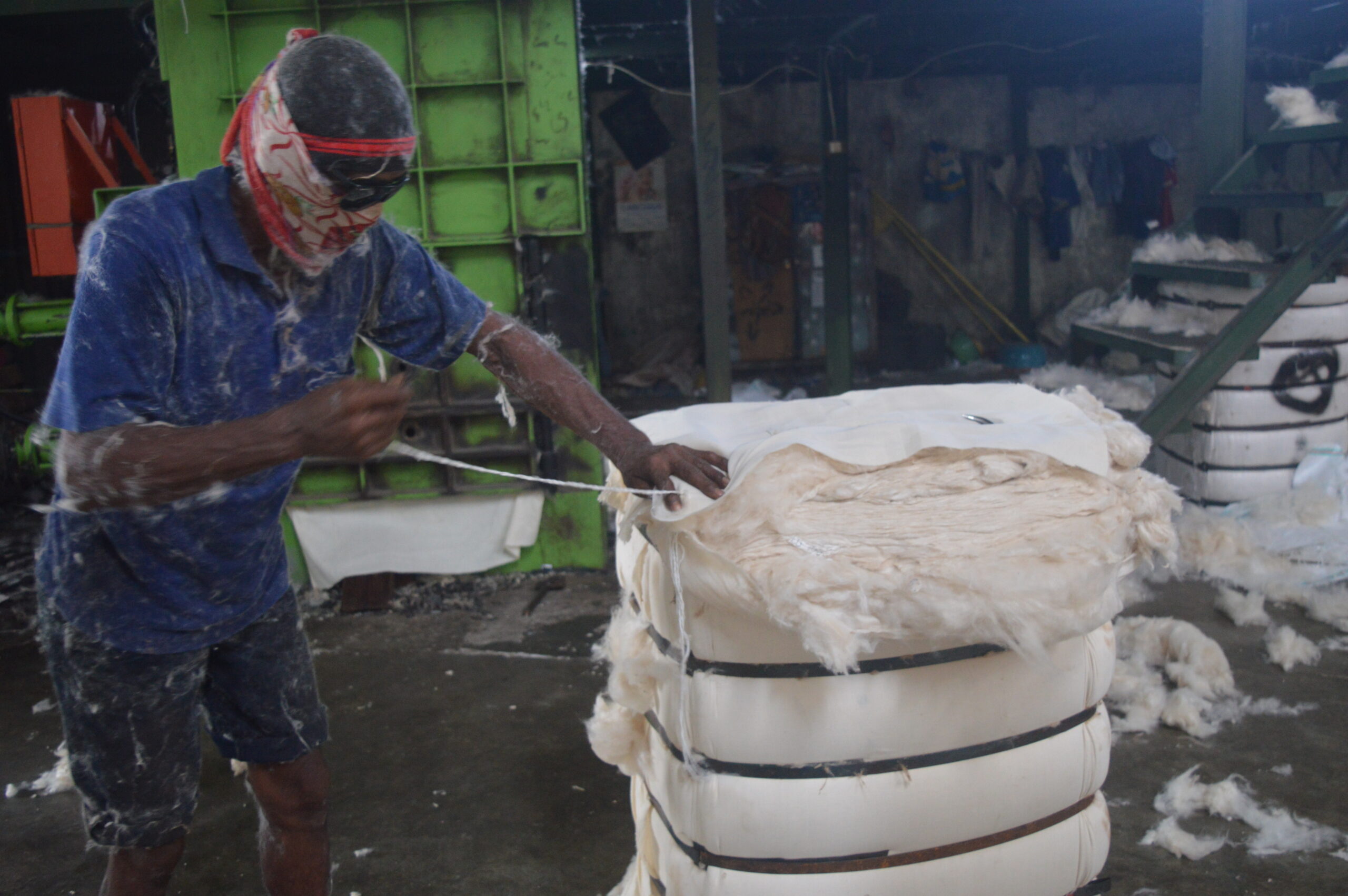Kapok: The Sustainable Superstar of Natural Fibers
Kapok fiber, harvested from the seed pods of the kapok tree (Ceiba pentandra), is a natural wonder that has been overlooked in the realm of sustainable materials. Often overshadowed by cotton and synthetic fibers, kapok boasts remarkable properties that make it a strong contender for eco-friendly alternatives in various industries. Let’s explore the myriad benefits of kapok and its potential to revolutionize our approach to sustainable living.
The Kapok Tree: Nature’s Towering Giant
The kapok tree is a majestic giant that can grow up to 70 meters tall, often found in tropical forests from Southeast Asia to the Caribbean. Known for its impressive height and broad canopy, the tree plays a vital role in its ecosystem, providing habitat for various species. Its seed pods, filled with fluffy fibers, are harvested sustainably, ensuring that this natural resource can be enjoyed for generations to come.
Why Choose Kapok?
- Sustainability at Its Core: Kapok is 100% biodegradable and compostable. In a world increasingly burdened by plastic waste and synthetic materials, choosing kapok helps reduce environmental impact. Unlike many conventional fibers, kapok does not require harmful pesticides or fertilizers, making it a safer choice for both the environment and human health.
- Carbon Sequestration Champion: Kapok trees contribute significantly to carbon capture, helping mitigate climate change. By absorbing CO2 and storing carbon in their biomass, these trees play an essential role in combating global warming.
- Lightweight and Versatile: The buoyant nature of kapok fibers makes them ideal for various applications. They’re not only used for stuffing pillows and mattresses but also serve as insulation material in eco-friendly building projects.
Innovative Applications of Kapok
- Sustainable Home Goods: Kapok’s hypoallergenic properties and softness make it perfect for pillows, bedding, and upholstery. As consumers increasingly seek eco-conscious home goods, kapok is gaining traction in this market.
- Natural Packing Material: With the rise of e-commerce, the demand for sustainable packaging solutions has soared. Kapok’s lightweight and biodegradable fibers make it an excellent alternative to plastic packing peanuts and bubble wrap.
- Fashion Forward: The fashion industry is gradually recognizing kapok’s potential as a sustainable textile. Designers are experimenting with kapok blends, creating stylish and eco-friendly clothing that appeals to conscious consumers.
- Gardening and Landscaping: Kapok fibers can be used as mulch or soil amendment, helping to retain moisture and improve soil quality. This makes kapok a valuable resource for organic gardeners looking to enhance their practices sustainably.
- Craft and Artisanal Uses: Traditional craftspeople have long utilized kapok in various handmade items, from toys to decorative pieces. Its versatility allows for creative expressions that honor cultural heritage.
The Road Ahead for Kapok
As we face environmental challenges, the demand for sustainable materials continues to rise. Kapok stands out as a solution that is not only environmentally friendly but also economically viable. However, to fully harness its potential, there needs to be greater awareness and investment in kapok cultivation and processing.
Research into new applications and market strategies can help promote kapok as a mainstream alternative. Collaborations between farmers, manufacturers, and researchers will be crucial in ensuring that kapok becomes a staple in the sustainable materials landscape.
Conclusion
Kapok is a remarkable fiber that embodies sustainability, versatility, and innovation. As we strive for a more eco-conscious future, embracing materials like kapok can lead to positive change. By choosing kapok, we not only support sustainable practices but also celebrate the beauty and potential of nature’s gifts. As awareness grows, kapok has the power to become a superstar in the realm of natural fibers, paving the way for a greener tomorrow.


